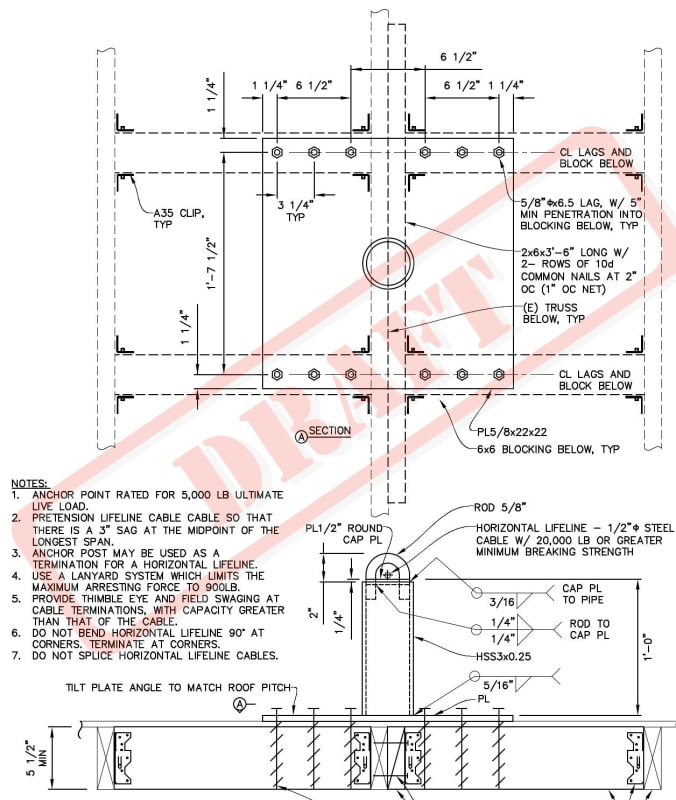SKJ25POL
Structural
- Mar 4, 2011
- 358
Hi
Anyone is aware of any requirement or regulation by building code or OSHA that we are not allowed to tie off a handrail or guard rail?
My case is we have a 3.5ft wide platform (grating floor) at 180 foot from ground. For some reasons we want to erect a scaffold as means of supporting a monorail perpendicular to the circular platform. Scaffold is not being used for anybody goes on it.
Is it okay to tie off the scaffold (attach the scaffold/support scaffold to the handrail)to the handrail on the platform?
Does OSHA prohibit attaching anything to handrail or any other codes say anything?
Thank you for your direction!
Sincerely,
Skj
Anyone is aware of any requirement or regulation by building code or OSHA that we are not allowed to tie off a handrail or guard rail?
My case is we have a 3.5ft wide platform (grating floor) at 180 foot from ground. For some reasons we want to erect a scaffold as means of supporting a monorail perpendicular to the circular platform. Scaffold is not being used for anybody goes on it.
Is it okay to tie off the scaffold (attach the scaffold/support scaffold to the handrail)to the handrail on the platform?
Does OSHA prohibit attaching anything to handrail or any other codes say anything?
Thank you for your direction!
Sincerely,
Skj

